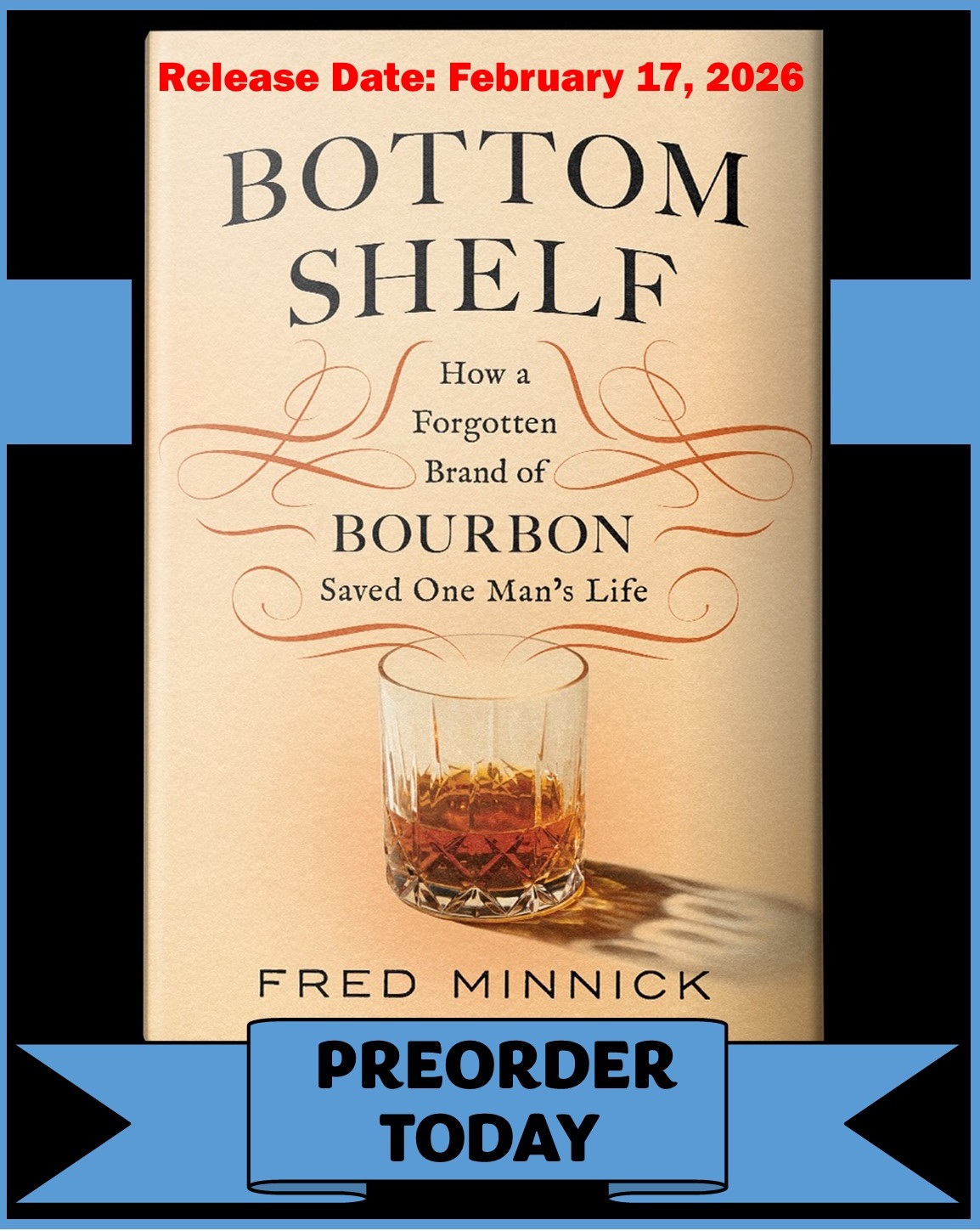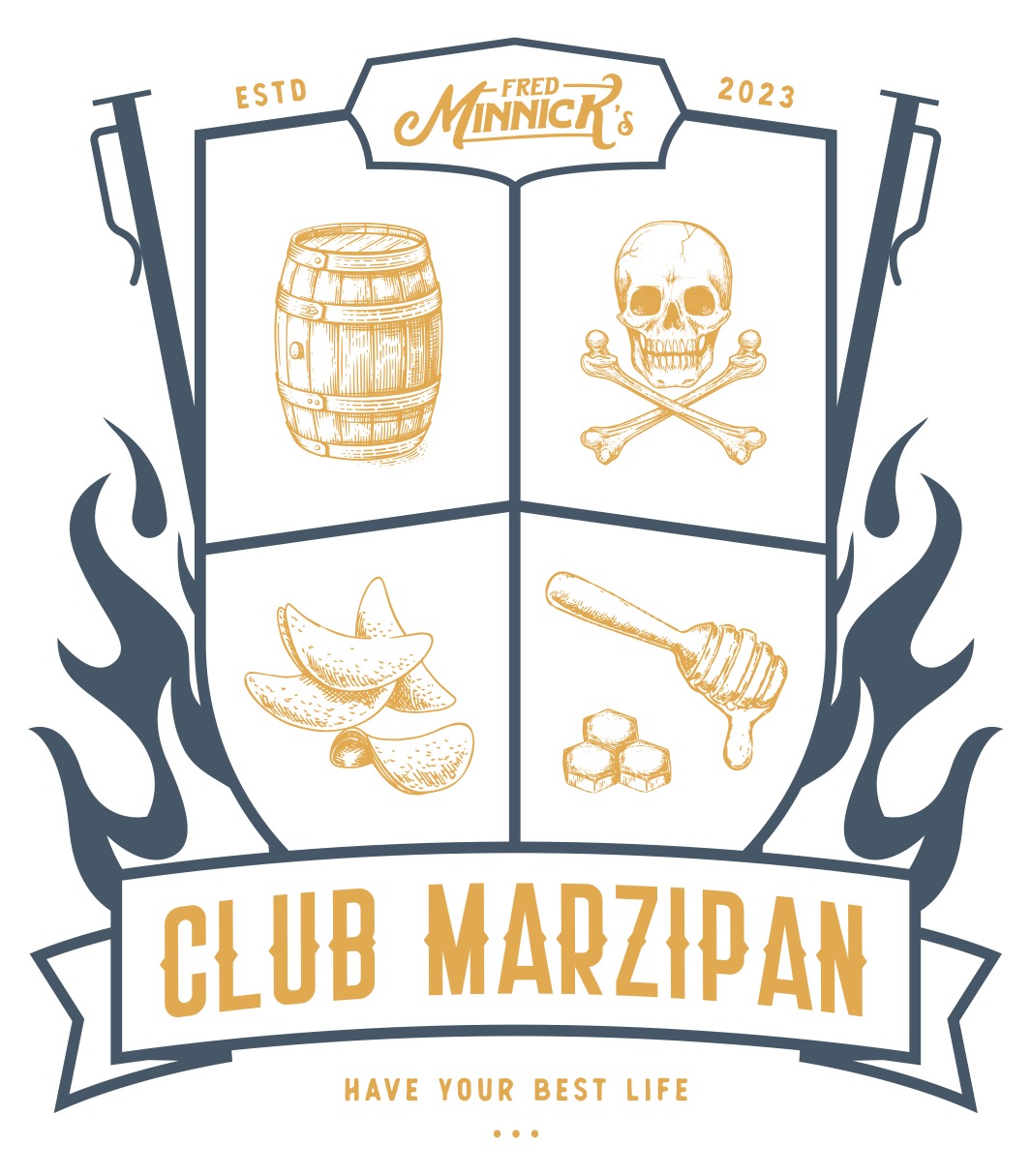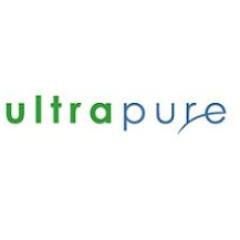CaskX, Jeremy Kasler and the Fake Bourbon Bubble Burst
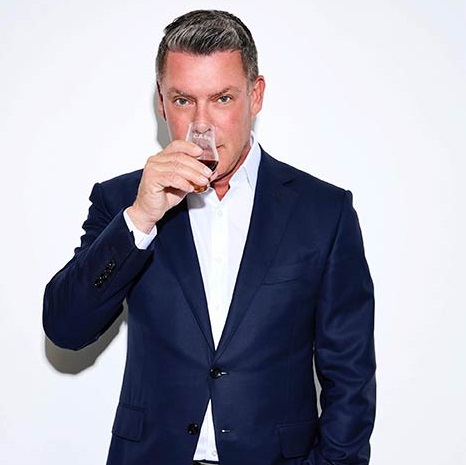
By Kevin Gibson
Jeremy Kasler didn’t set out to go into bourbon investment – his company CaskX was more of a reaction to a market that he knew already existed. The thing was, no one had tapped into yet, at least not in the United States.
Kasler, with two decades of experience in specialty finance and alternative asset investment, trading mostly in vintage bottles of wine and art. But the investment market in Scotch was booming in Europe – mainly England – and Kasler took notice. Companies there were enabling people to invest in aging Scotch barrels.
“We said, ‘OK this something maybe we should be looking at,” Kasler told FredMinnick.com.
What he found was that the model that was working so well with Scotch translated almost seamlessly to American whiskey. And ramping up during the Covid-19 pandemic, against most logic, worked out well, Kasler said. Basically, no one had anything else to do, so they were more open to listening to a pitch.
While the first CaskX office was located in Sydney, Australia – Kasler’s family is there, although he is British – and soon a second opened in Hong Kong. Today, most business goes through a Los Angeles office. Of course, the nature of the business has Kasler visiting Kentucky often, working with distilleries to secure barrels for outside investment.
FULL-SERVICE BARREL INVESTMENT
The first distillery to work with CaskX in this concept, Kasler said, was Kentucky Artisan, which produces Jefferson’s Bourbon and other brands. Soon, more came on board. And as an example of how the investment program works, Kasler said he may secure, say, 2,000 barrels from a distiller, who will then build that production into its processes. Kasler said orders can be agreed upon several years in advance.
The investment barrels will stay at the distillery, which will tend to them and age them as if they are still distillery property. The cost of this maintenance is built into the investment price.
“We include 8 years of storage, insurance, all the costs over the next few years,” Kasler said.
On Kasler’s end, he’ll sell the barrels he acquires to investors in smaller quantities – maybe 50 or 100, for example. A few years down the line, the investor can sell their barrels at a profit. It’s a win-win, as they say, and that goes for the distilleries as well.
“They can monetize immediately.” Kasler said. “That gives them ready cash.”
Since MGP has pulled back its offerings on the secondary market, CaskX barrels often end up being those sold to brands looking for aged bourbon to put straight into bottles for retail. Like with anything involving American whiskey these days, it’s a booming market.
“What we feel is that anybody holding 4-, 5-, 6-year-old barrels that have been aged correctly with the distill where they’re made. they’re seeing good returns,” Kasler said. “Unlike most investments, the value goes up regardless of market conditions. Your whiskey’s becoming more valuable just by existing. At the same time, there is a genuine bourbn boom. It’s a real thing, not just something that’s been trumped up.”
In Kentucky alone, the Kentucky Distillers’ Association reported recently, 12.6 million barrels of aging Bourbon are in rickhouses from border to border. That marks an all-time with a corresponding all-time high of $6.7 billion in valuation. That’s a lot of whiskey.
And with legislation on the books that will gradually roll back the unusually high taxes distilleries pay on aging barrels over the next few years, expect those numbers to keep increasing.
“This year’s numbers are more of the same – steady production growth met with an immense barrel tax liability,” Frank Jemley, President and CEO of the Kentucky Association of Manufacturers, said when those figures were released. “But now, with a plan in place to phase out the tax, distillers are looking far into the future right here in Kentucky rather than elsewhere.
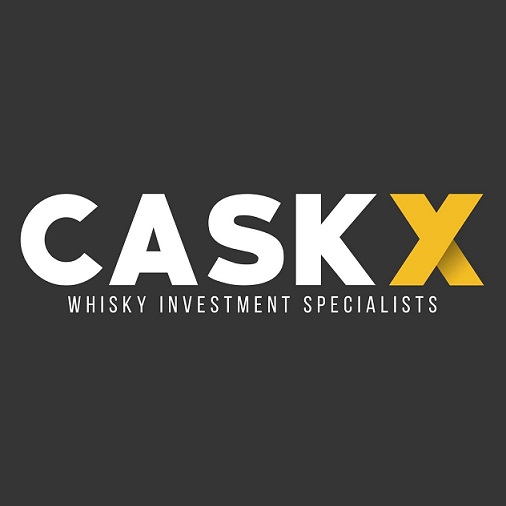
WILL THE BUBBLE GO BOOM?
And if the age-old question is, “When will the bubble burst?”, the answer for Kasler and CaskX is, “Not anytime soon.”
The bourbon industry just keeps booming, for many reasons, he said. For one thing, more and more people are discovering bourbon. For another, with portfolios expanding, there are more and more choices, fueling more interest. And bourbon has become a luxury product of sorts, with bottle prices soaring into the thousands in some cases. And, of course, more and more distilleries are opening all over America – it isn’t just a Kentucky product anymore, which is how it previously was perceived.
“I’m going to say that people have been talking about the Scotch bubble bursting for about 10 years now,” he said. “I feel nothing can expand and boom forever.”
However, because of the reasons above and many more – such as bourbon becoming incredibly popular in countries outside of America. Kasler notes that just a few years ago in a country like India, one might have found only two or three basic brands of whiskey, and then it probably would have been a single malt. Asia in general has become a huge bourbon market.
“There are bourbon bars openinng up in Asia,” he said. “There’s a lot of room for growth there. I see it for myself. We’ve got a long, long way to go before we talk about the bourbon boom being over. It’s based on facts.”



